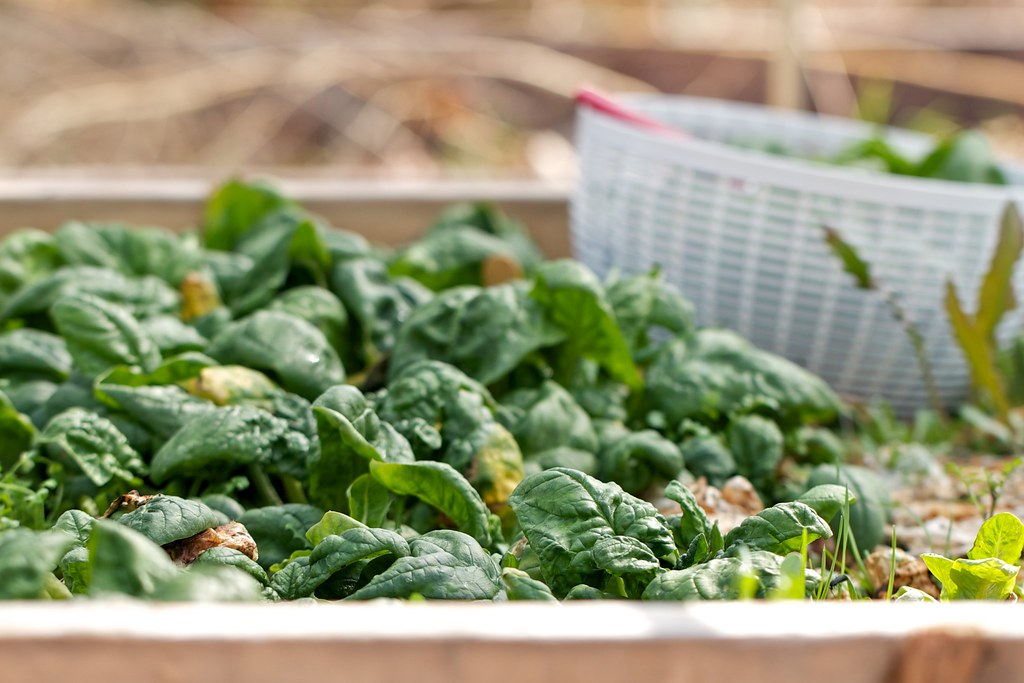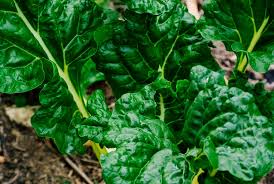Spinach is a nutrient-packed, versatile leafy green that’s a favorite among health-conscious gardeners and cooks alike. Growing spinach from seed can be a rewarding experience, providing you with fresh, crisp leaves for salads, smoothies, and cooked dishes. This guide will walk you through every step of the process, from selecting seeds to harvesting your homegrown spinach.
Why Grow Spinach from Seed?
Before we dive into the how-to, let’s explore the benefits of growing spinach from seed:
- Cost-effective: Seeds are much cheaper than buying seedlings or mature plants.
- Greater variety: Seed catalogs offer numerous spinach varieties not found in nurseries.
- Control over growing conditions: You can ensure organic practices from day one.
- Satisfaction: There’s a unique joy in nurturing plants from seed to harvest.
- Freshness: Home-grown spinach is typically more flavorful and nutritious than store-bought.
Choosing Your Spinach Varieties
Spinach comes in three main types:
- Savoy: Crinkly, dark green leaves with a crisp texture.
- Semi-savoy: Slightly crinkled leaves, easier to clean than savoy.
- Smooth-leaf: Flat leaves, ideal for salads and easy to clean.
Popular spinach varieties include:
- Bloomsdale: A classic savoy type, cold-hardy and slow to bolt.
- Space: Smooth-leaf variety, fast-growing and disease-resistant.
- Tyee: Semi-savoy type, heat-tolerant and long-standing.
- New Zealand Spinach: Not true spinach, but a heat-loving alternative.
Consider your climate, intended use, and growing season when selecting varieties.
Understanding Spinach Growing Requirements
Spinach thrives in cool weather and prefers:
- Full sun to partial shade
- Well-draining, fertile soil rich in organic matter
- Soil pH between 6.0 and 7.0
- Consistent moisture
- Temperatures between 50°F and 70°F (10°C to 21°C)

Timing Your Spinach Planting
Spinach can be grown in spring and fall:
Spring Planting:
- Start seeds indoors 4-6 weeks before the last expected frost.
- Direct sow outdoors as soon as the soil can be worked.
Fall Planting:
- Sow seeds 6-8 weeks before the first expected fall frost.
- Continue planting every 2 weeks for a continuous harvest.
Preparing Your Garden for Spinach
Proper soil preparation is crucial for successful spinach growth:
- Choose a sunny to partially shaded location.
- Test your soil pH and amend if necessary.
- Add compost or well-rotted manure to improve soil structure and fertility.
- Remove any weeds or debris from the planting area.
- Loosen the soil to a depth of 8-10 inches.
Sowing Spinach Seeds
Whether starting indoors or direct sowing, follow these steps:
Indoor Seed Starting:
- Use seed trays or small pots filled with seed-starting mix.
- Plant seeds 1/2 inch deep, 2-3 seeds per cell.
- Keep soil consistently moist but not waterlogged.
- Maintain temperatures around 70°F (21°C) for germination.
- Provide plenty of light once seedlings emerge.
Direct Sowing:
- Create shallow furrows about 1/2 inch deep.
- Space rows 12-18 inches apart.
- Sow seeds 1 inch apart within the row.
- Cover lightly with soil and water gently.
- Thin seedlings to 3-4 inches apart when they have 2 true leaves.
Caring for Your Spinach Plants
Proper care is essential for healthy, productive spinach plants:
Watering:
- Keep soil consistently moist but not waterlogged.
- Water deeply and less frequently to encourage deep root growth.
- Use mulch to retain soil moisture and suppress weeds.
Fertilizing:
- Apply a balanced, slow-release fertilizer at planting time.
- Side-dress with compost or a nitrogen-rich fertilizer midway through the growing season.
- Avoid over-fertilizing, which can lead to excessive leaf growth and reduced flavor.
Temperature Management:
- Protect young plants from late spring frosts with row covers or cloches.
- Provide shade during hot weather to prevent bolting.
- Use cold frames or low tunnels to extend the growing season.

Harvesting Your Spinach
The moment you’ve been waiting for – harvest time!
- Timing:
- Most spinach varieties are ready to harvest 40-50 days after planting.
- Harvest when leaves are young and tender for best flavor.
- Harvesting Methods:
- Cut and Come Again: Remove outer leaves, allowing the center to continue growing.
- Whole Plant: Cut the entire plant at the base when it reaches full size.
- Storage:
- Wash and dry leaves thoroughly.
- Store in the refrigerator in a plastic bag with a damp paper towel for up to a week.
- For longer storage, consider freezing or dehydrating.
Extending the Spinach Season
To enjoy spinach for as long as possible:
- Succession Planting: Sow new seeds every 2-3 weeks for a continuous harvest.
- Use row covers or cold frames to protect plants from early and late-season frosts.
- Try growing heat-tolerant varieties or New Zealand spinach for summer harvests.
Saving Spinach Seeds
For the truly dedicated gardener, saving spinach seeds can be rewarding:
- Allow a few plants to bolt and produce flowers.
- Let seed heads dry on the plant.
- Collect seeds when they turn brown and feel dry.
- Clean and store seeds in a cool, dry place for up to 3 years.
Troubleshooting Common Issues
Even experienced gardeners may encounter problems. Here are some common issues and solutions:
- Bolting:
- Caused by heat or long days.
- Plant heat-resistant varieties and provide shade during hot weather.
- Yellow Leaves:
- Often indicates nutrient deficiency or overwatering.
- Adjust fertilization and ensure proper drainage.
- Slow Growth:
- Can be caused by cool temperatures or lack of nutrients.
- Use row covers to warm soil and ensure adequate fertilization.
- Bitter Taste:
- Usually due to heat stress or over-maturity.
- Harvest leaves when young and provide shade in hot weather.

Growing spinach from seed can be a rewarding experience, providing you with fresh, nutritious greens right from your garden. Remember, gardening is a learning process, so don’t be discouraged if you face challenges. Each season brings new opportunities to refine your techniques and try new varieties.
As you become more experienced, consider experimenting with different spinach varieties or growing methods. Try interplanting spinach with other cool-season crops or growing it in containers for easy access.
Lastly, don’t forget to enjoy the fruits of your labor! Spinach is incredibly versatile in the kitchen. Try it in salads, smoothies, stir-fries, or even baked into savory pastries. Your home-grown spinach is sure to add a nutritious boost to any meal.
